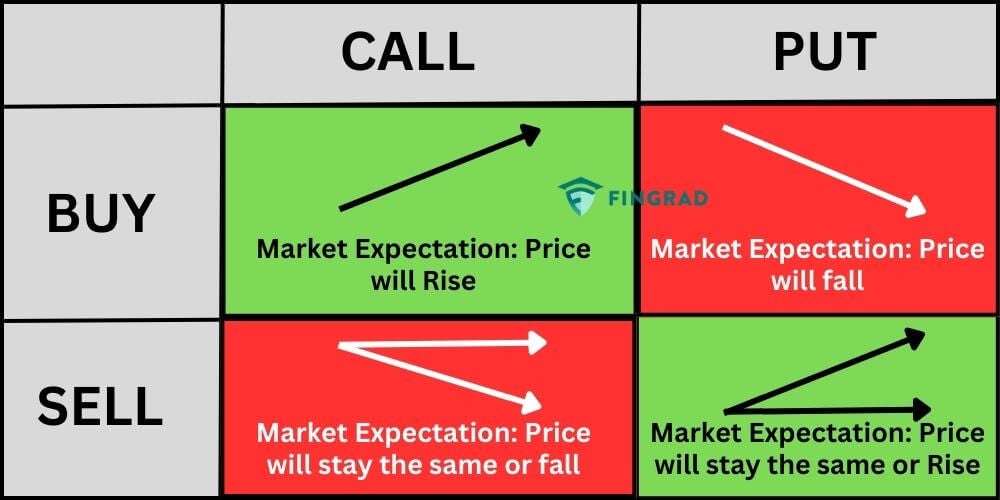Options trading may be an effective method to potentially enhance returns or potentially hedge against risk in your financial portfolio. However, before you delve into this realm, it’s imperative to equip yourself with the requisite knowledge. This article will endeavor to elucidate the intricacies of options trading, empowering you to make informed decisions.

Image: blog.dhan.co
Demystifying Options: A Primer
An option, in the financial lexicon, is a contract that bestows upon its holder the right – not an obligation – to buy (in the case of a call option) or sell (in the case of a put option) an underlying asset, such as a stock or commodity, at a predetermined price, which is termed the strike price, on or before a specified date, known as the expiration date. The premium is the price paid by the option buyer to the option seller in exchange for this right.
The allure of options trading lies in its versatility. Options can be employed for various objectives, including potentially speculating on the price direction of an underlying asset, potentially hedging against risk, or possibly generating income through premium collection. Understanding the risks and complexities associated with options trading is crucial, as losses can potentially exceed the premium paid.
Types of Options: Navigating the Landscape
Options fall into two primary categories: call options and put options. Call options convey the right to buy the underlying asset at the strike price, while put options grant the right to sell the underlying asset at the strike price. Each type of option can be further classified as either in-the-money, at-the-money, or out-of-the-money, depending on the relationship between the current market price of the underlying asset and the strike price of the option.
Understanding Option Premiums: A Balancing Act
The premium paid for an option is influenced by several factors, including the intrinsic value and time value of the option. Intrinsic value represents the potential profit that could be realized by exercising the option immediately, while time value reflects the potential for the underlying asset’s price to fluctuate before the option’s expiration date. It’s important to note that time value decays as the expiration date approaches, potentially reducing the premium and the potential profit from the option.

Image: derivfx.com
Applications of Options: A Multifaceted Tool
Options trading offers a plethora of potential applications, including:
Speculation: Options can be used to potentially speculate on the price direction of an underlying asset. For instance, an investor who anticipates a rise in a stock’s price may purchase a call option, while an investor who foresees a decline may opt for a put option.
Hedging: Options can be employed to potentially mitigate risk in an investment portfolio. For example, an investor with a long position in a stock may purchase a put option on the same stock to potentially protect against a decline in its price.
Income Generation: Selling options can be a potential strategy for generating income. By selling options, the seller collects the premium upfront, potentially profiting if the option expires worthless due to unfavorable price movements.
What To Know About Options Trading

Image: tradebrains.in
Conclusion: Weighing the Options
Options trading can be a powerful tool in the hands of informed investors. By comprehending the fundamentals, investors can potentially harness the potential benefits of options while mitigating the associated risks. Nonetheless, it’s imperative to approach options trading with caution, conducting thorough research and exercising sound judgment.






